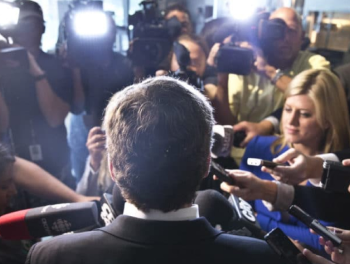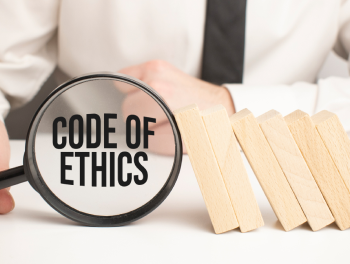
BLOG
HOME/BLOG

HOW NARENDRA MODI USED PR CAMPAIGNS IN CREATING A SENSE OF NATIONAL IDENTITY
When a government brings about a change in the country as part of its democratic duties the government must use public relations to establish a conversation with its citizens. This allows the government to keep its citizens in loop with its objectives and agenda. It also helps the people to voice out their opinions and question the government if deemed necessary (Kent, Michael L., and Maureen Taylor, 2002).
The Indian Prime Minister, Narendra Modi very well knows the importance of strong PR strategies. Exactly nine years ago, Modi’s campaign was in hyper drive. He started with Chai pe Charcha, speaking with the public through a video, in over 1500 locations across the country. He used digital means, appeared as a 3D hologram in over 200 locations while physically speaking from a studio in Gandhinagar. We don’t see a stark change in his strategy. Since the day he took office, he maintained, let’s say, improved his communication with the public, extremely well.
Modi Ji has kept Indians entertained with catchy lines such as Abki baar modi sarkar, Janta maaf nahi karegi, acche din aane wale hain, Mann ki baat, Pariksha pe charcha, Swatch bharat abhiyan, Make in India and many more. Well, it’s because of Modi’s effective PR machine. Jefferies and Bain took it as their responsibility to study his PR strategies and learn from it. In this blog, we establish the role and impact of public relations, in making a statesmanlike figure – Narendra Modi.
A strong and positive relationship with its media and populace is crucial for a government to succeed in a democracy. When the correct communication strategy is used to bring people together, national identity, country building, and government stability can be achieved. Modi’s PR machine has mindfully leveraged the biggest driver of trends, likely the advent of digital media. This medium is incredibly fast, has share-ability, and a good shelf life of PR output. Since India has the world’s largest ‘young’ voter base, the benefits of digital media are endless for politicians. Therefore, harassing the power of new-age media is a question of survival for political entities.
The PR team of Narendra Modi has used digital media, along with print and TV because it recognises the value of their focussed coverage and eventually, made Modi a hit among all generations.
Moreover, Modi has been promoting India’s soft power assets, such as yoga, democratic principles, and spirituality, to both Indians inside and outside of India. These efforts become a national source of pride for the populace. His lectures outside of India have garnered media attention and notoriety, which have boosted national identity among non-resident Indians too
This can be viewed as a higher degree of nation building because he was able to successfully attract the attention and support of Indians who were living abroad after securing a feeling of national identity within the nation. It demonstrates the effectiveness of public relations initiatives designed to foster a sense of unity among Indians around the world.
HERE’S WHAT WE MAY LEARN FROM NARENDRA MODI’S PR TACTICS:
Patience: Unlike corporate branding, which frequently must demonstrate results from quarter to quarter, fiscal to fiscal, and sales season to sales season, most politicians look at a conventional five-year milestone.
Insights: Political organizations spend a lot of time, money, and effort getting to know their supporters and viewers. The majority of seasoned politicians are aware of how important it is to interact with voters personally in order to gauge how well a party is doing.
Influence: Political organizations identify and support their top supporters. They gain from assisting these ‘influencers’ in expanding their sphere of influence. Although it takes time, PR is ultimately an acquired form of influence. Business entities may find it simple to employ or gain influence, but this strategy has its limits.
Risk appetite: Mistakes happen and occasionally they can’t be avoided. We have witnessed numerous business people curl up into a ball after making a small error. As long as a company has genuine objectives, it should not penalize itself excessively for making little mistakes since people value boldness.
In conclusion, India is a diverse country, making it extremely difficult for an individual to forge a sense of national identity. Modi was only able to accomplish this feat by using public relations initiatives to build a two-way symmetrical contact with the populace. This helps us understand the function and impact a public relations campaign may have when it is carried out on a large scale and to the appropriate audience.








